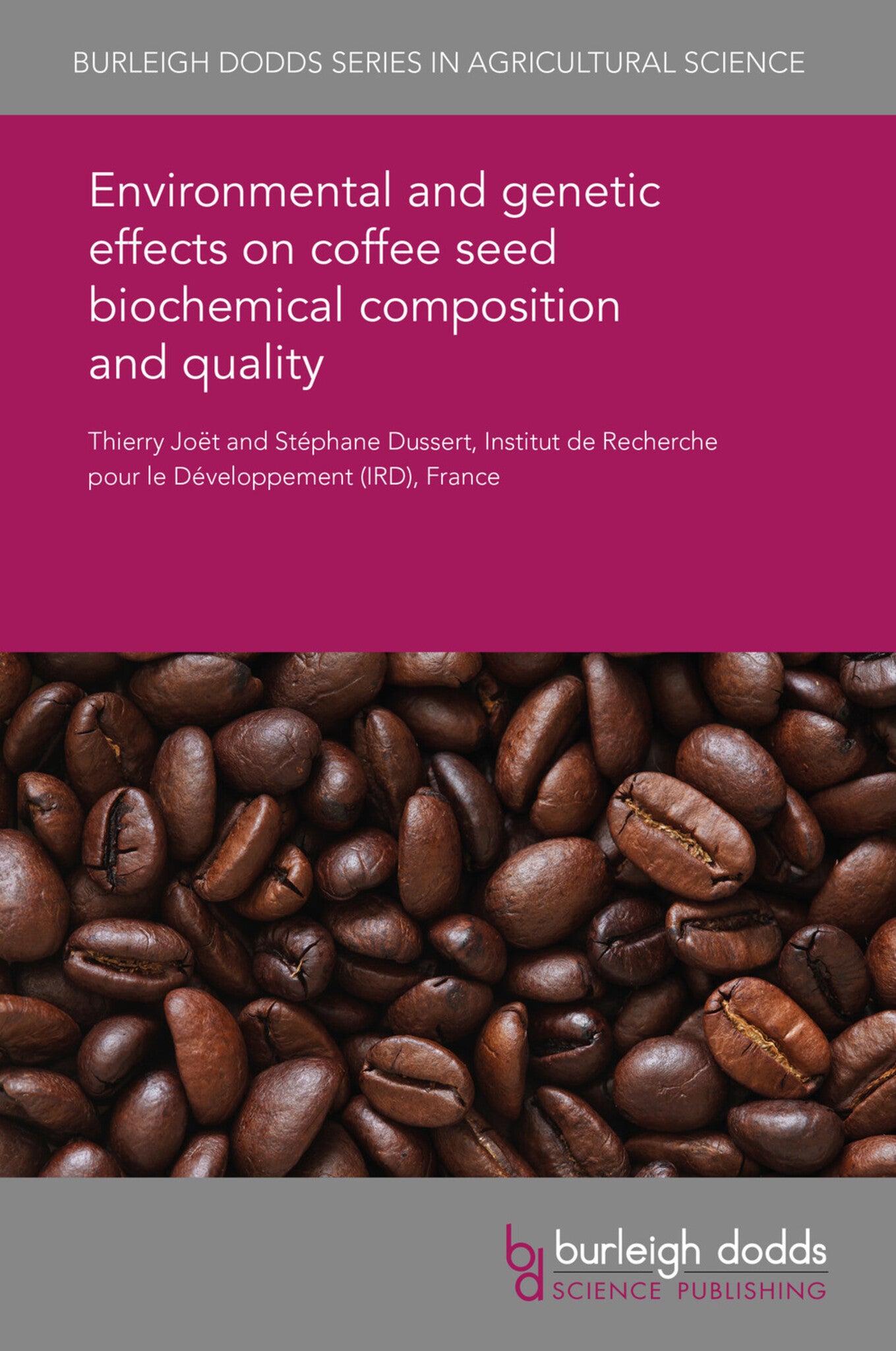We're sorry. An error has occurred
Please cancel or retry.
Environmental and genetic effects on coffee seed biochemical composition and quality

Some error occured while loading the Quick View. Please close the Quick View and try reloading the page.
Couldn't load pickup availability
- Format:
-
01 January 2018


TECHNOLOGY & ENGINEERING / Agriculture / Sustainable Agriculture, Agronomy and crop production, TECHNOLOGY & ENGINEERING / Agriculture / Tropical Agriculture, TECHNOLOGY & ENGINEERING / Agriculture / Agronomy / Crop Science, Botany and plant sciences, Sustainable agriculture, Tropical agriculture

1 Introduction 2 Seed chemical composition and coffee quality 3 Biosynthetic genes and metabolic pathways 4 Genetic variation for seed chemical composition 5 Chemometric discrimination of Arabica and Robusta 6 Environmental effects 7 Environmental influence on transcriptional regulations 8 Chemometrics for coffee origin authentication 9 Case study: coffee Bourbon Pointu of La Réunion Island 10 Future trends and conclusion 11 Where to look for further information 12 References



